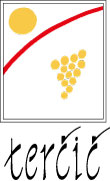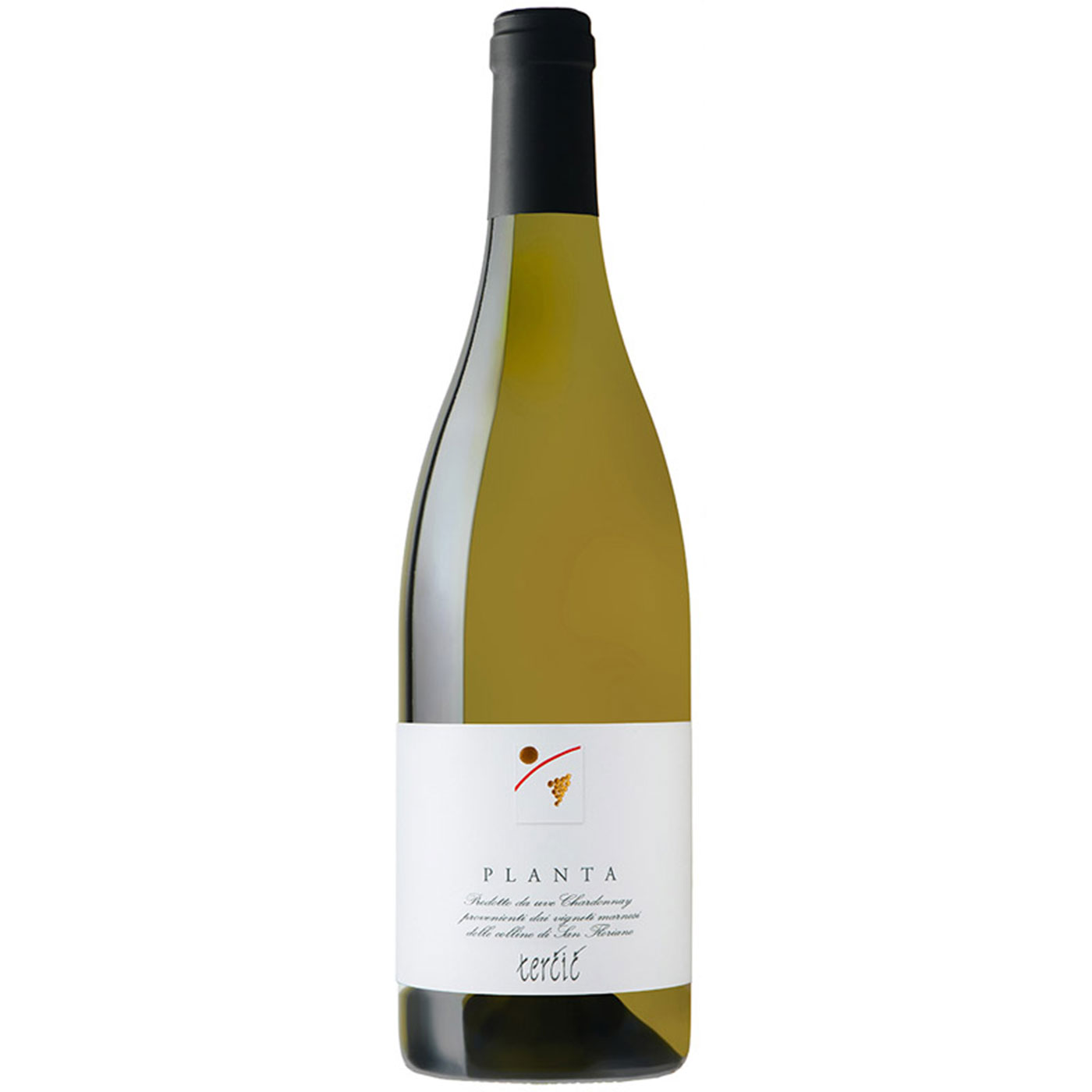PLANTA
2021| Venezia Giulia IGT Chardonnay
Category: white, dry
Grapes: Chardonnay
Location: Comune of Gorizia
Viticultural area: Isonzo
VINEYARD
Soil profile: shallow soils, with abundant pebble and gravel
Training method: guyot
Vine density: 5.700 vines /ha
Planting age: 19 years
Harvest period: second half of September
VINIFICATION
De-stemming-crushing
Pre-fermentation cold maceration: 8°-10° C
Pre-fermentation cold settling
Fermentation: 18°-20° C
Yeast: selected
Malolactic fermentation: not made
Maturation: 9 months on the lees
Clarification: gravity settling
Bottling: 28th June 2022
TECHNICAL DATA
Alcohol: 13,65%
Total acidity: 6,22 g/l
pH: 3,22
Estimated peak of maturation: 6 years
Estimated cellar life: 15 years
January and February recorded normal temperatures and optimal rainfall, while March was drier with unstable temperatures. Lymph rise began in the middle of the month. Late frosts hit fruit trees on 7th and 8th April, but fortunately did not lead to significant damage to the vines.
Budding began towards the second half of April, starting with chardonnay, sauvignon and tocai friulano. The month of May, together with May 2019, was one of the coldest in the last 30 years, with the lowest temperatures since 1991. Flowering began in the first week of June as temperatures rose and despite low rainfall, ended quickly thanks to the good water resources of the soils. Veraison began at the end of July – beginning of August, late compared to the previous year. August presented average temperatures. The first two weeks of September were dry, and we picked a large part of the white grapes in ideal weather conditions. The last three months of the year continued dry.
Grape quality was very good, in particular for medium and medium-late ripening grapes. Acidity levels and pH remained good, thanks to the temperature excursions that characterized the lead in to the harvest.
Vintages
2020
The first months of 2020 brought above-average temperatures and minimal rainfall, with the brief exception of a wet period in March. Lymph rise began irregularly, due to the drought of the winter months, towards the middle of the month. The early hours of 1st and 2nd April saw temperatures dip below 0°C across much of the valley areas, but fortunately, as many varieties had yet to sprout, no notable damage was observed and budding began with the subsequent rise in temperatures. Well-distributed rain in the months of May and June did not disturb flowering, which occurred around May 18th and lasted to the end of the month. Temperatures went up in June and veraison took place in July, earlier than the previous year. August presented average temperatures and rainfall. Our 2020 harvest started with pinot grigio on 2nd September and wrapped up on the 30th with Merlot.
The last months of the year witnessed heavy rainfall and a substantial accumulation of water resources. This vintage is remembered for the superior quality of the grapes, which had excellent sugar-acid balance and captivating aromatic expression. The wines exhibit freshness and elegance in their initial stages, and promise exceptional ageing potential.
2017
The year 2017 unfolded with a sequence of extreme weather phenomena. From the end of winter, and notably in February and March, above average temperatures were recorded, leading to bud break approximately ten days earlier than usual. These higher temperatures persisted into early April and coincided with an absence of rain which ensured excellent bud burst and uniformity in bud development.
Later in the month, during the night between the 20th and 21st, temperatures dropped abruptly, prompting a late frost that caused considerable damage to the already advanced buds. As a result, some vineyards in the valley and in the Isonzo DOC experienced significant losses, and an imbalance emerged between the hillsides and the vines on the plain. While the higher vineyards maintained a slight lead into the harvest, those affected by the frost had delay ripening, aligning the harvest date with the seasonal average. The summer was marked by warm daytime temperatures and temperate nights, which created almost ideal conditions for optimal grape ripening and healthy fruit. Varieties such as pinot grigio and chardonnay displayed excellent ripeness, while others, particularly sauvignon and friulano, stood out for above average aromatic intensity. The wines have higher than usual pH, moderate sugar content, well-balanced acid structure and a composition rich in aromatic compounds.




